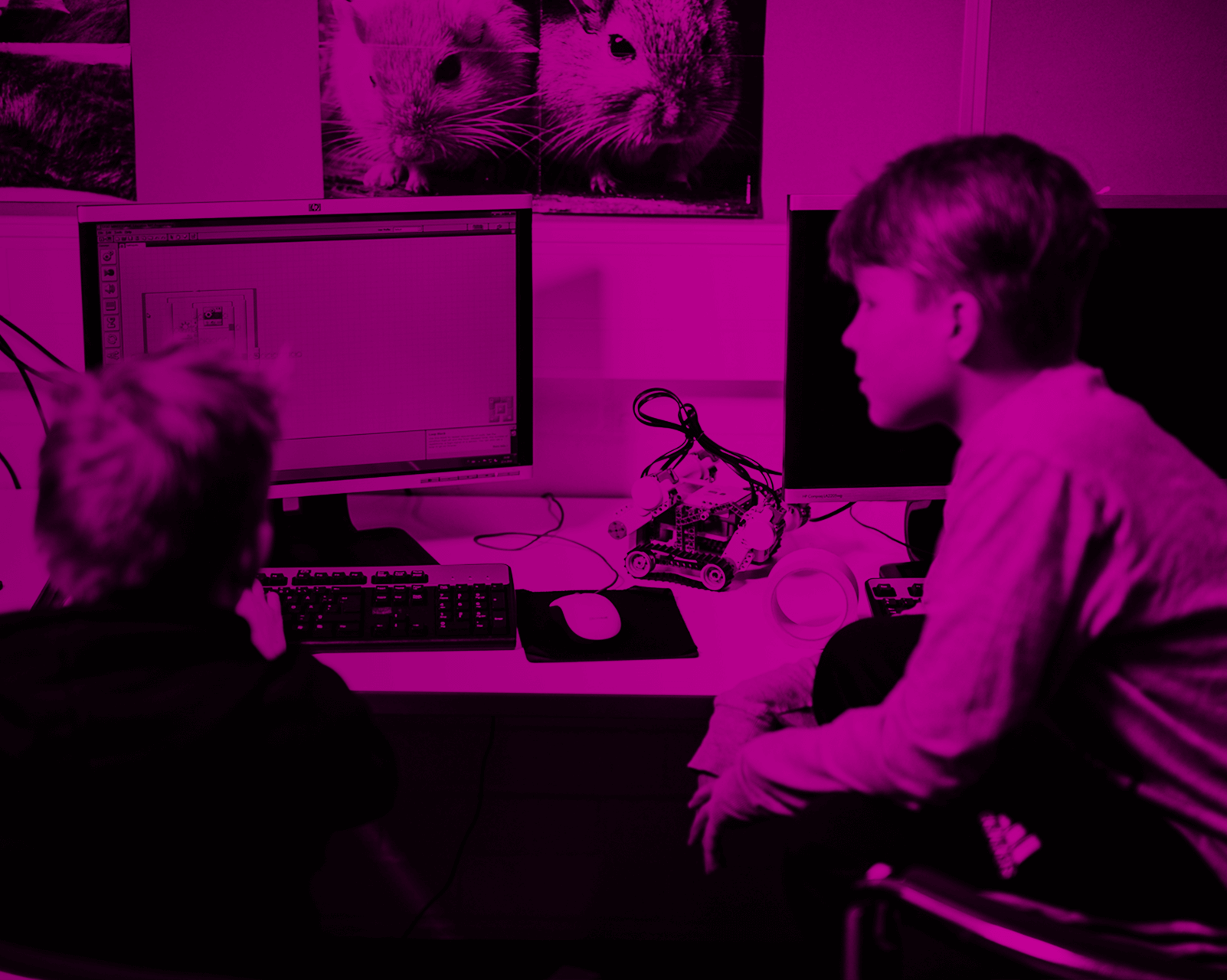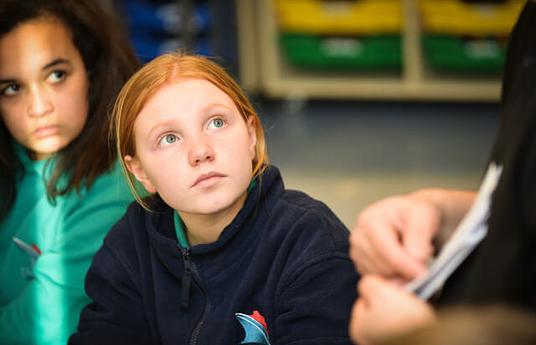Our spatial design program for children aims to address the limitations of the current institutionalized curriculum in Taiwan. In a rapidly changing technological society, the educational model that focuses on developing knowledge and skills is no longer relevant. Children need more stimulation to learn how to cope with the high levels of uncertainty that come with modern times.
Our program is developed based on the theme of spatial design, guiding children to observe and think about the environment around their life. Through exploration of the environments and hands-on spatial modeling, we deepen children's ability to observe, understand, think critically, and put knowledge into practice, as well as the spirit of sustainability through hands-on activities.
At the beginning of the course, we take children on architecture, developing their unique observation and logical thinking abilities. We, then, introduce various types of spatial design case studies to accumulate children's databases. After a thorough understanding and discussion of the topic, we help children put their design ideas into practice by modeling, cultivating children's problem-solving skills and self-confidence to translate their ideas into practice.
Our spatial design program has been spreading through various partnerships of educational programs, workshops with educators, and the establishment of our Non-profit association. We have collaborated with over 20 public and private schools, educational organizations, non-profits, and government agencies to provide guidance at different stages of learning.
Our most recent milestone is the establishment of the Association for Creative Learning and Sustainable Innovation Education in Taiwan, also known as Learn by Space. With four years of experience, we seek to promote architectural design learning in areas where educational resources are relatively scarce and develop teaching aids and lesson plans for teachers in rural areas.
To begin spatial design, you can start with simple observation of the environment, identify topics of interest, and follow the following steps:
1. Analysing the environment, asking questions like: "why is it designed that way?"
2. Brainstorming for solutions by spatual design
3. Case study of exsisting solutions
4. Designing and hands-on modeling
5. Prensentation of their work



